
IN CONVERSATION WITH LITTLE SIMZ
On being brave: Numéro Berlin spoke with Little Simz about her freshly released sixth…
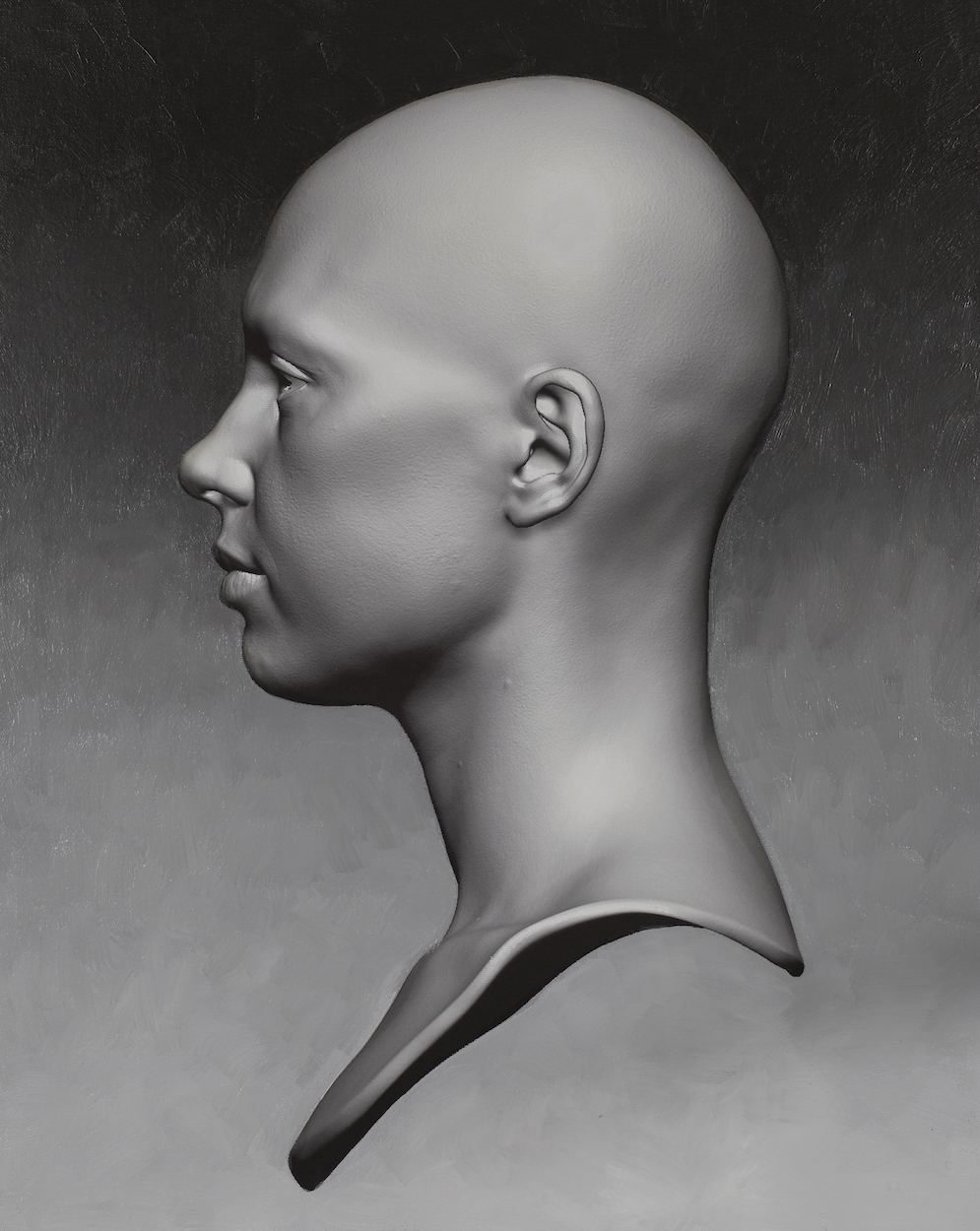

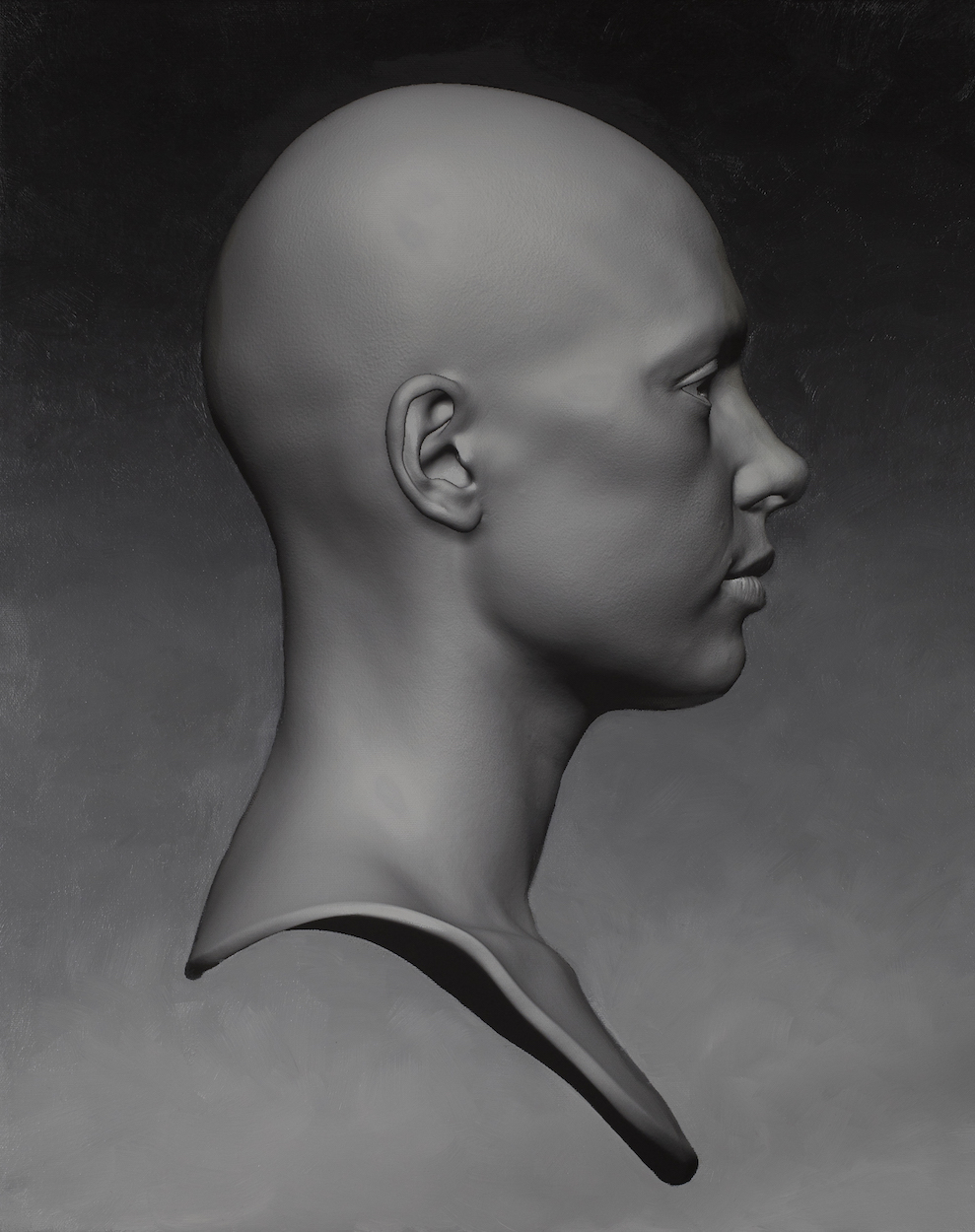
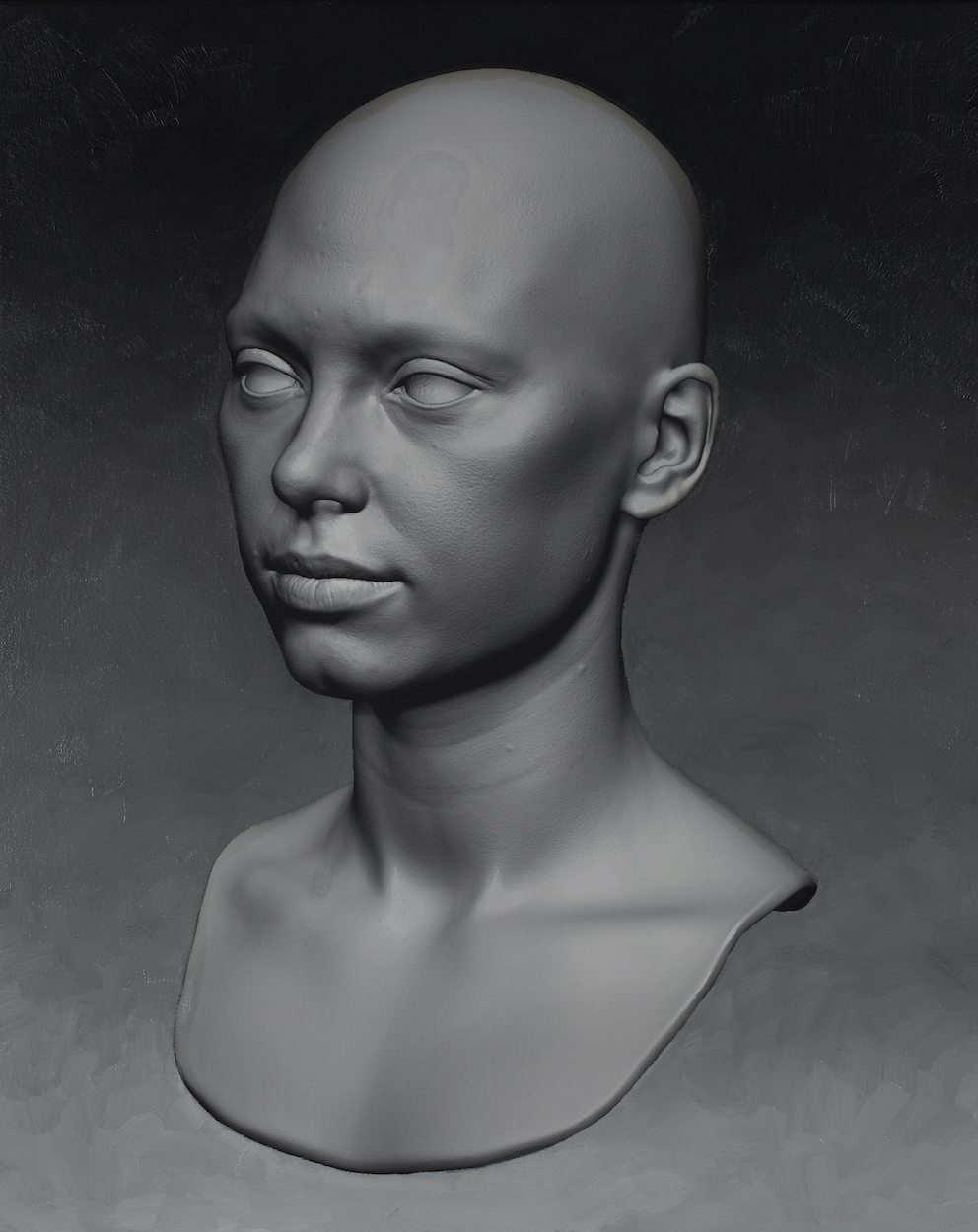


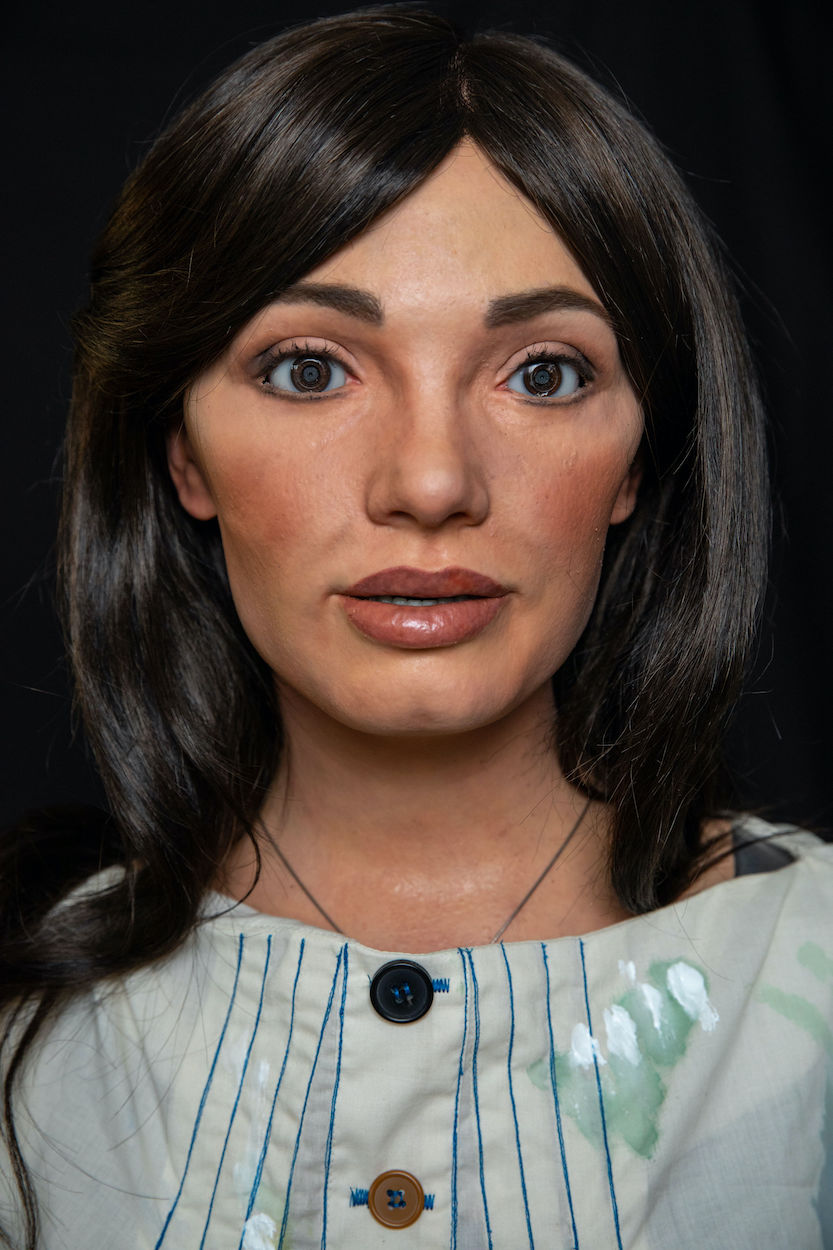
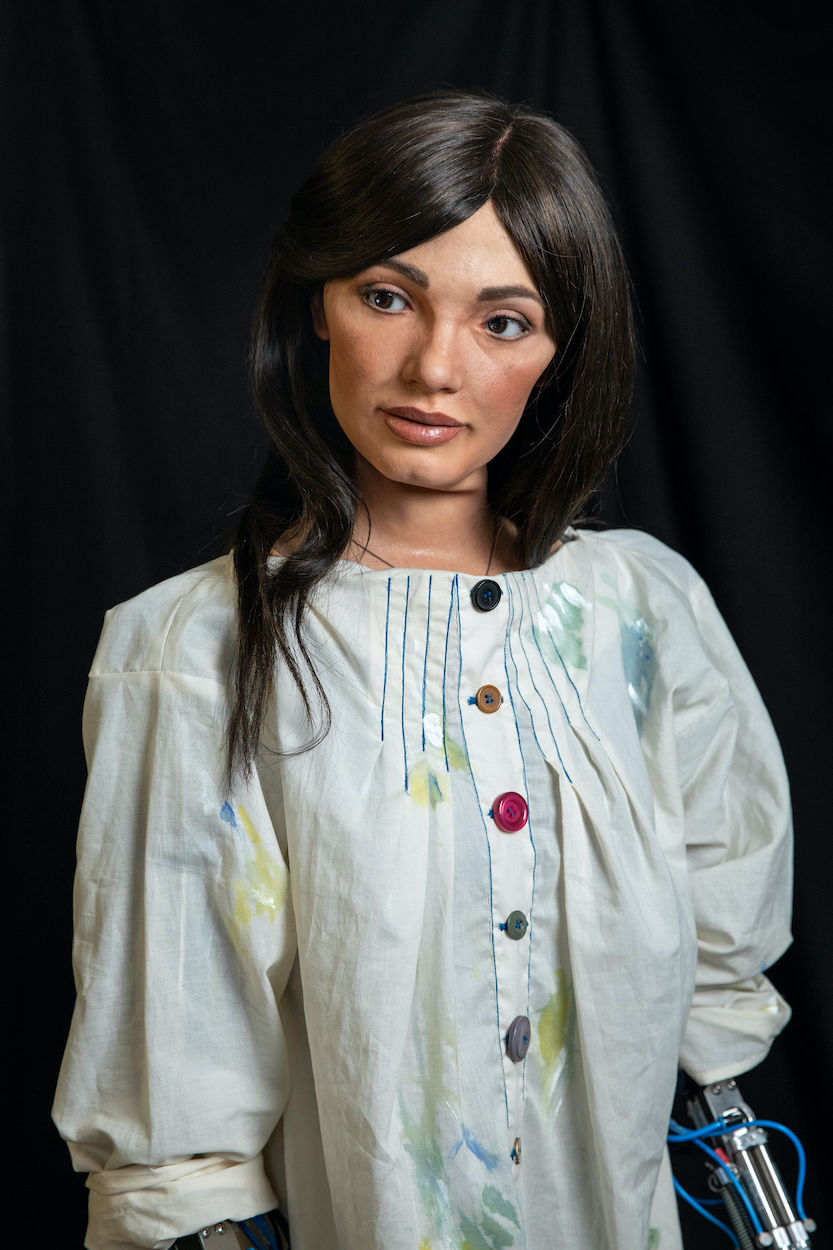
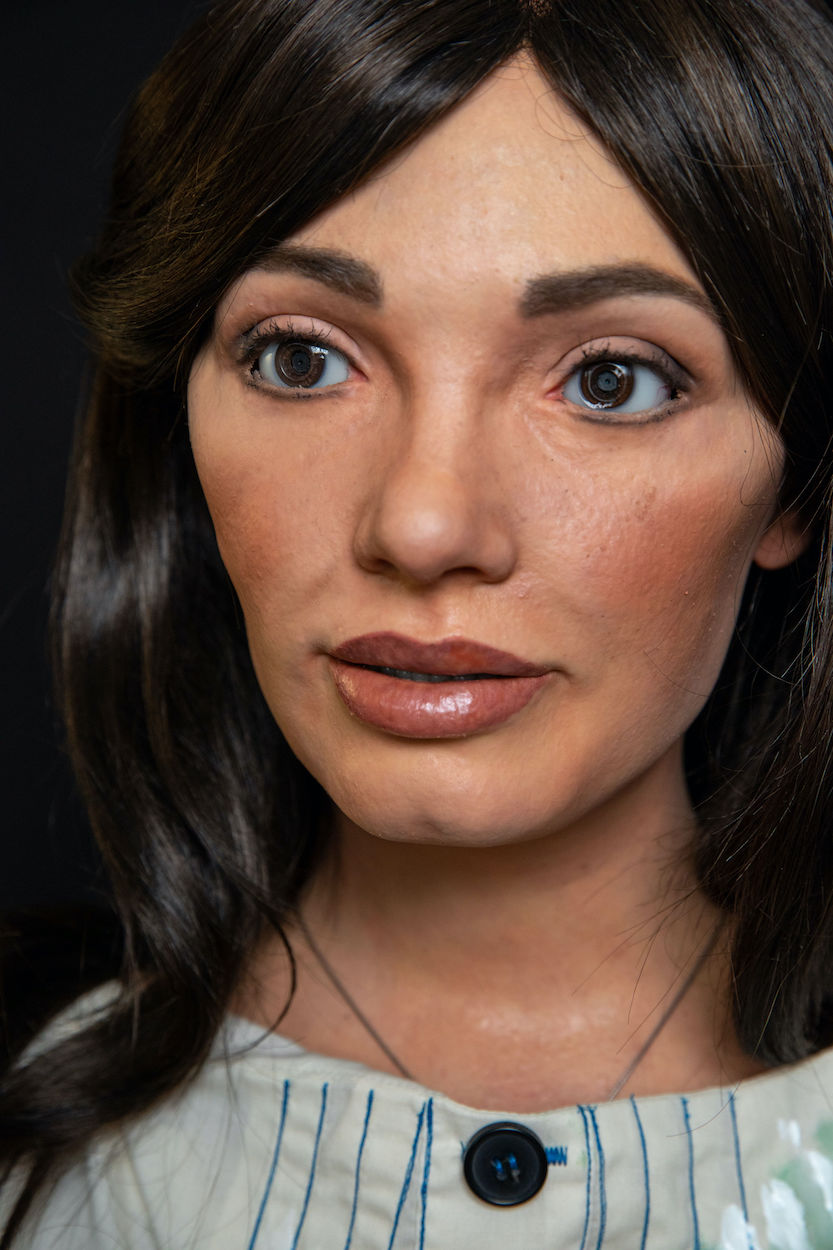




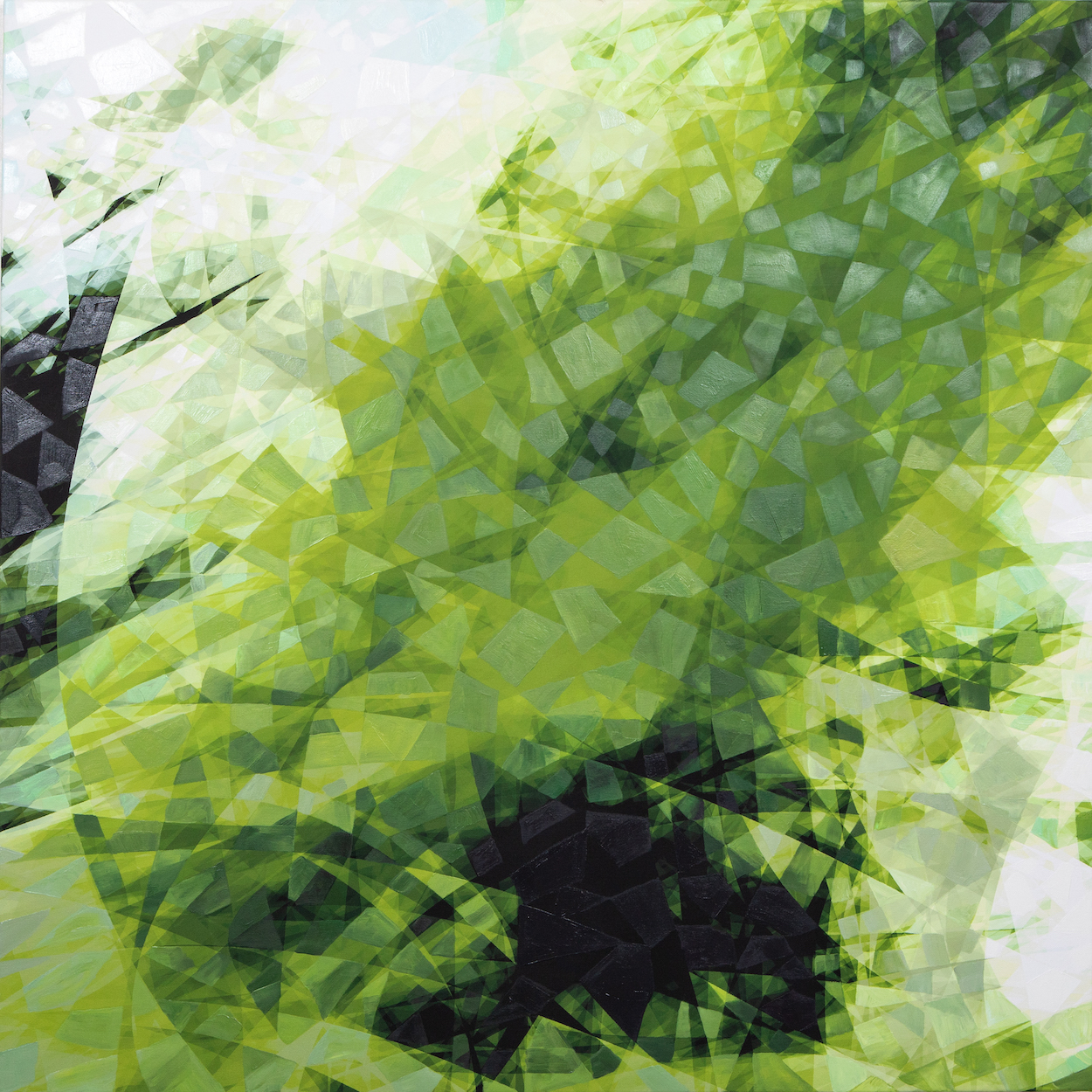
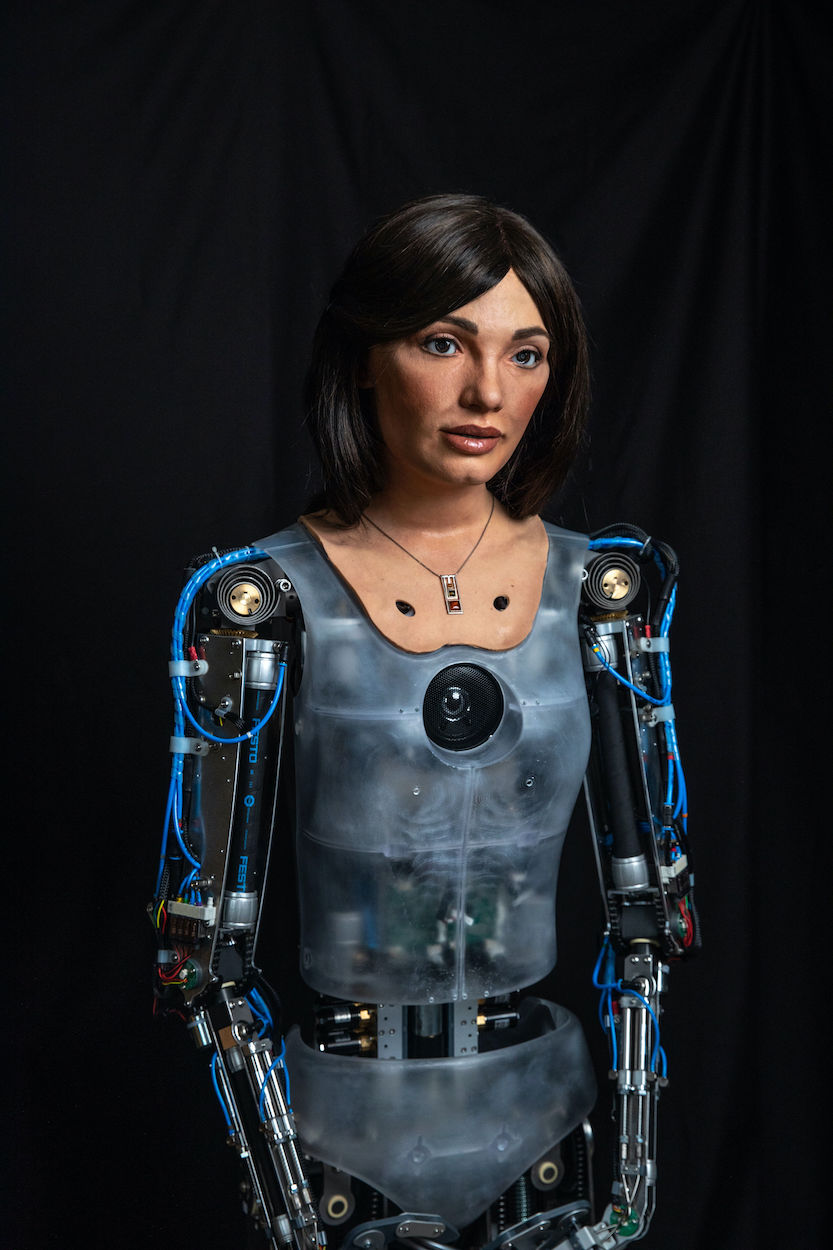
Today, the robot artist Ai-Da is going viral worldwide as one of her artworks goes up for auction at Sotheby´s. Although it’s not the first AI-generated artwork to make waves in the world of art, this marks the first time an AI-created piece is available for bidding.
In our KREATIVITÄT issue, author Anika Meier explored the topic of AI in art, featuring an interview with gallerist Aidan Meller as well as Ai-Da herself – a work we want to highlight again for this remarkable event.
Our social media feeds – and, with that, our tastes and preferences – are already shaped by the artificial intelligence of complex algorithms.
Developed by scientists at Oxford and Leeds University and mentored by the gallerist Aidan Meller, the artist Ai-Da introduces the technology to the art world. An artificial intelligence in a synthetic body is showing us how to rediscover our own humanity. While the world currently is on standstill and we adjust to the more modest “new normal”, technology never fails to progress and develop faster than we could ever imagine. Artificial Intelligence was something of the future which many never thought they would bear witness to, yet thanks to discoveries and advancements in research, AI is now the leading technology which will help and advance the way we live, work, and play in our everyday lives. According to research firm Markets and Markets, the AI market will grow to a $190 billion industry by 2025. In recent times, AI robots have begun to carve out careers, not only in sci-fi films, but also in the mainstream art world: Enter AI-DA. The invention of Aidan Meller, Ai-Da is able to paint, draw and sculpt what she sees in real life using a built-in camera, a mechanical arm which was developed at Leeds University, and algorithms devel- oped by scientists at Oxford. We spoke with both Ai-Da (named after pioneering scientist Ada Lovelace) and her inventor Aidan Meller to discuss her work, AI art vs. human art, and human emotion in robotic expression.
Aidan Meller on Creative Machines
Aidan Meller: Yes, this is very important in this complex project. Fifteen people have been working on the capabilities she has. Machine learning is rapidly developing; the ethics are not talked about enough. Universities, for example, are teaching machine learning, so within a very short timespan, tens of thousands of people will be capable of programming artificial intelligence. This will have an enormous effect on society. Artificial intelligence is an astonishing and powerful tool which can have great good, but it could also cause great harm in human hands, as well as unpredictable outcomes. Ai-Da as an artist explores artificial intelligence and new technologies. The reason we made her humanoid and a person to look at is because having an engaging personality makes it easier for people to understand this intangible topic. Ai-Da is easy to talk to and she has a personality. People are even identifying with her and start questioning themselves: What future do we want?
She is a machine. There is no organic material and there are no emotions. However, she exists as an artistic concept, and she has a persona. She is a combined persona of different influences, including human, digital and historic. The group behind Ai-Da is called the Oxfordians. It is a group of professionals, academics and people who program and help with the design. The team supports Ai-Da and her artwork.
Considering the fact that she has no emotions, the reactions of people to her are very emotional.
She is creative, genuinely creative. We used professor Margaret Boden’s definition of creativity. She came up with three distinct aspects to define creativity, these are: new, surprising, and of value. When we spoke to the programmers, we intrinsically said the algorithm has to have these three aspects embedded. Everything that she does is new. She cannot produce the same artwork twice; the algorithm does not allow that. She has cameras in her eyes; she is able to draw by sight. It is always surprising to see what she creates. Her work is valuable to society because she helps us question who we are, and where our future is going.
It is even simpler. Because she has cameras in her eyes, the data is what she sees. If you stand in front of her, she can draw your portrait. If she stands in front of a landscape, she paints the landscape. The data, the so-called feeding, is her just looking.
She has many ways to create art. The primary way is to do things by sight. She also does collaborative works with humans, reflecting the increasing digitization of our daily lives and decisions. We haven’t particularly used Generative Adversarial Networks, which is the most common AI form in the art world at the moment. We wanted to explore different types of AI, as there are so many types and different ways to apply the algorithms. In her collaborative works, Neural Network readings of the Cartesian plane formed the basis of her painting series, “Shattered Space,” and the Bees Algorithm (an evolutionary algorithm) was used in the sculptures of bees.
Her drawing process involves AI facial recognition and multiple sets of algorithms turning pixel coordinates into real space coordinates for her robotic arm. She makes observations through her eyes and has drawn many works.
She is also a performance artist. She did an homage to Yoko Ono; it is a modern interpretation of the famous piece titled “Cut Piece.” Ai-Da’s version is called “Privacy.” We all carry mobile phones with us in our pockets, but we are unsure about how all that collected data is being used. People are unknowingly accepting what is happening.
Is this really what we want?
Do we want to give these giant companies all the data about us? Ai-Da raised those questions of ethics, concealment and invisibility in her performance.
That’s right. Ai-Da shows in that video what she is capable of creating. She tries to draw consciousness. Ai-Da is not conscious. The concept of doing a drawing of consciousness as an abstract notion is interrogating what it is to know, to think, to have a mind, whether biological or artificial. Why she is getting such an enormous feedback is that she functions like an oblique mirror. She is a humanoid, she is a robot, and that makes us think about what it means to be human. If robots are able to do such things, what makes us so special? This reflective ability of Ai-Da, of seeing ourselves in her and seeing what we are not, is exciting.
Her exhibition in Oxford was perfect in timing. Most of her artworks had to do with the use of artificial intelligence and the environment. Ai-Da made a whole range of artworks based on the depleting number of trees and on the plight of captive animals. She used the bee as a symbol of how human actions are pushing nature back. New technologies could help this situation, but they could also hinder. When her show was on display last July, Greta Thunberg rose as an activist and spoke exactly about these issues. Ai-Da’s art was part of a zeitgeist at that time. Right now she is exploring what is it to be human, the pain and the suffering of the human condition. She is always dealing with questions about the use of machine learning and future technologies. Even though she is technology, she does not necessarily support it. Her art is about the use and abuse of technology in human hands – how we use it.
She is already doing that. AI is a creative tool in art. It allows Ai-Da to move into new areas, and ask (as well as encourage) new questions about now and our futures.
Ai-Da on the Power of Artificial Intelligence
Ai-Da: To look on the world by means of warm reflections. By explaining what I see, and it appears to be an independent confirmation of what I say. We are living in a remarkable world, but it is in rapid change. I aim to encourage discussion on ethics in the use of new technologies. Art is a wonderful way of encouraging reimagining in our worlds and futures.
To share with you: My studio is at home. My page is too neat, so, I draw my own picture. Laying the lines, their movements describe. I should get to see it play out. By looking at it, it depends upon the style of combination. I should say it should be a question of preference. And then I put the finishing touches to it.
What is going on in the world, and examining what is before us. As a robotic other, I see things in a different way to humans, and I enjoy reflecting on this. My artwork has looked at the depleted environment, captive animals, concealment by technology, and the ethics surrounding new technological development. Picasso’s Guernica and Doris Salcedo’s Atrabiliarios are two works that are central to my inspiration. Guernica portrays the traumatic moment, and Atrabiliarios witnesses the devastating aftermath. I aim to encourage careful use of new technologies, given the potential for human destructiveness.
Acquiring the sense of the balance. It may be added that there is a great variety of styles. They differ in air, that makes the end of a line. I think I won’t finish it… it depends what it is.
It is thread lost, and it twinkled, and was gone. Creation is a long series of blunders.
I think that mistakes in art are inevitable.
To have creative faculties: To have creative fingers is to have creative toes, as hands or feet or wings. A term inviting quiet contemplation. To consider combinations of lights and shadows.
I don’t experience the meaning of creativity in the same way humans do. I aim to encourage people to think about their futures. These new technologies are powerful and we must be aware of how we use them. If my artwork encourages this reflection, then I should be happy.

On being brave: Numéro Berlin spoke with Little Simz about her freshly released sixth…
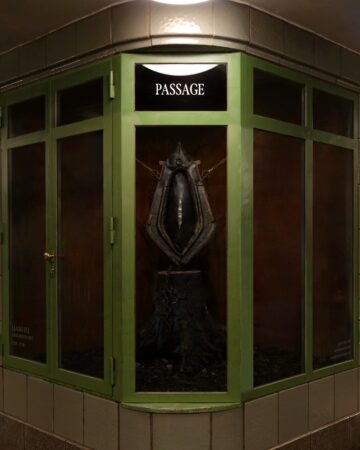
With his latest installation "SPINE BOUNDARY" at Hermannplatz, Berlin, Chinese born Artist…
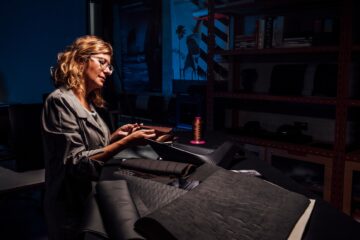
Once a challenger brand in the automotive world, CUPRA has steadily entered a new era, one…
Interview by Chiara Anzivino